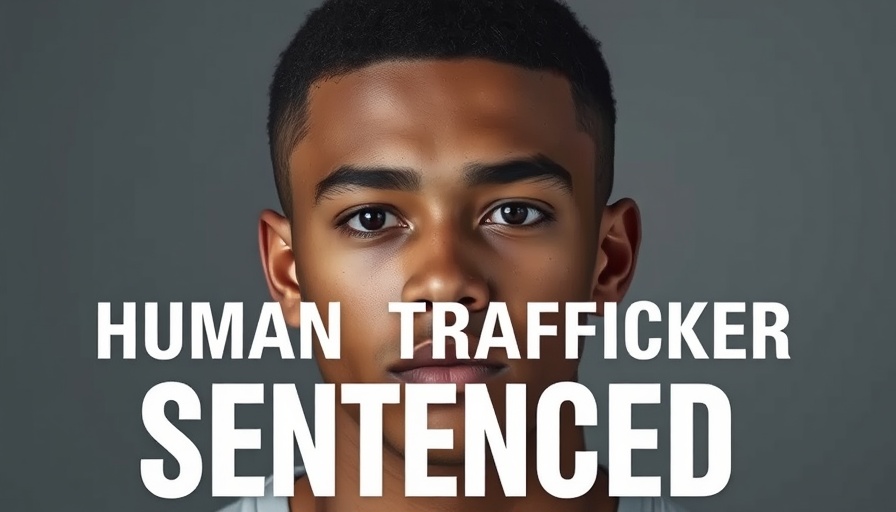
Shining Light on the Dark Reality of Human Trafficking
In a recent turn of justice, Florida Attorney General James Uthmeier announced the sentencing of human trafficker Sky Skidmore to 20 years in prison, following his guilty plea on several serious charges, including human trafficking and child sexual exploitation. This case highlights not only the heinous nature of such crimes but also the tireless work of law enforcement agencies that strive to protect vulnerable children.
The Gripping Details of the Case
Skidmore’s sentencing comes after an intricate investigation orchestrated by multiple law enforcement bodies, including the Florida Department of Law Enforcement and local sheriff’s offices. The grim details reveal that he predominantly exploited his victim through social media platforms like Facebook and Snapchat. Tragically, he coerced a young girl into performing sexual acts, a crime that shakes the foundations of morality and societal norms. The prosecutors, particularly Senior Assistant Statewide Prosecutor Guillermo Vallejo, made it clear that Skidmore’s actions constituted a predatory attack on innocence.
Understanding the Impact of Human Trafficking
Human trafficking does not merely represent a legal issue; it embodies a chronic social evil that impacts individuals and communities at large. The U.N. Office on Drugs and Crime’s Global Report on Trafficking in Persons unveils that vulnerable populations, particularly children, are at an increased risk of exploitation. The emotional scars left by such traumas can last a lifetime, often hindering their mental health and overall well-being. Raising awareness about the psychological impact of trafficking can drive committed efforts for preventive measures and victim support.
The Role of Technology in Modern Trafficking
As illustrated by Skidmore’s case, social media is a double-edged sword. While these platforms connect individuals, they can also serve as tools for traffickers to exploit children. An alarming trend shows that traffickers are increasingly using online channels to groom and coerce minors. This reality stresses the urgent need for stringent regulations and increased public awareness around online safety, so communities can collectively protect their youth.
Community Engagement: A Crucial Element in Prevention
Communities must engage in proactive dialogues about human trafficking, ensuring that parents, educators, and mentors are equipped with the tools to identify warning signs and support victims. Grassroots organizations and local law enforcement can collaborate to host educational workshops and outreach programs aimed at prevention, which can significantly diminish the risks faced by at-risk youth.
From Awareness to Action: How You Can Help
Every member of the community has a role to play in combating human trafficking. Don't underestimate the power of awareness—informing others about the signs of trafficking can ensure that more victims are recognized and given the help they desperately need. Support local organizations fighting against trafficking, either through volunteering or donating, elevating the community's collective fight against this pervasive issue.
A Final Thought
The case against Sky Skidmore underscores the importance of vigilance in safeguarding our communities, especially our children. As individuals, we can create a ripple effect of change through dialogue, education, and action. Let's unite to dismantle the pervasive networks of human trafficking, reforming our society to offer safety and support to every child.
If you are interested in learning how to advocate for children's safety, consider reaching out to local organizations working to combat human trafficking, and find out how you can contribute to this vital cause.
 Add Row
Add Row 
 Add
Add 


Write A Comment